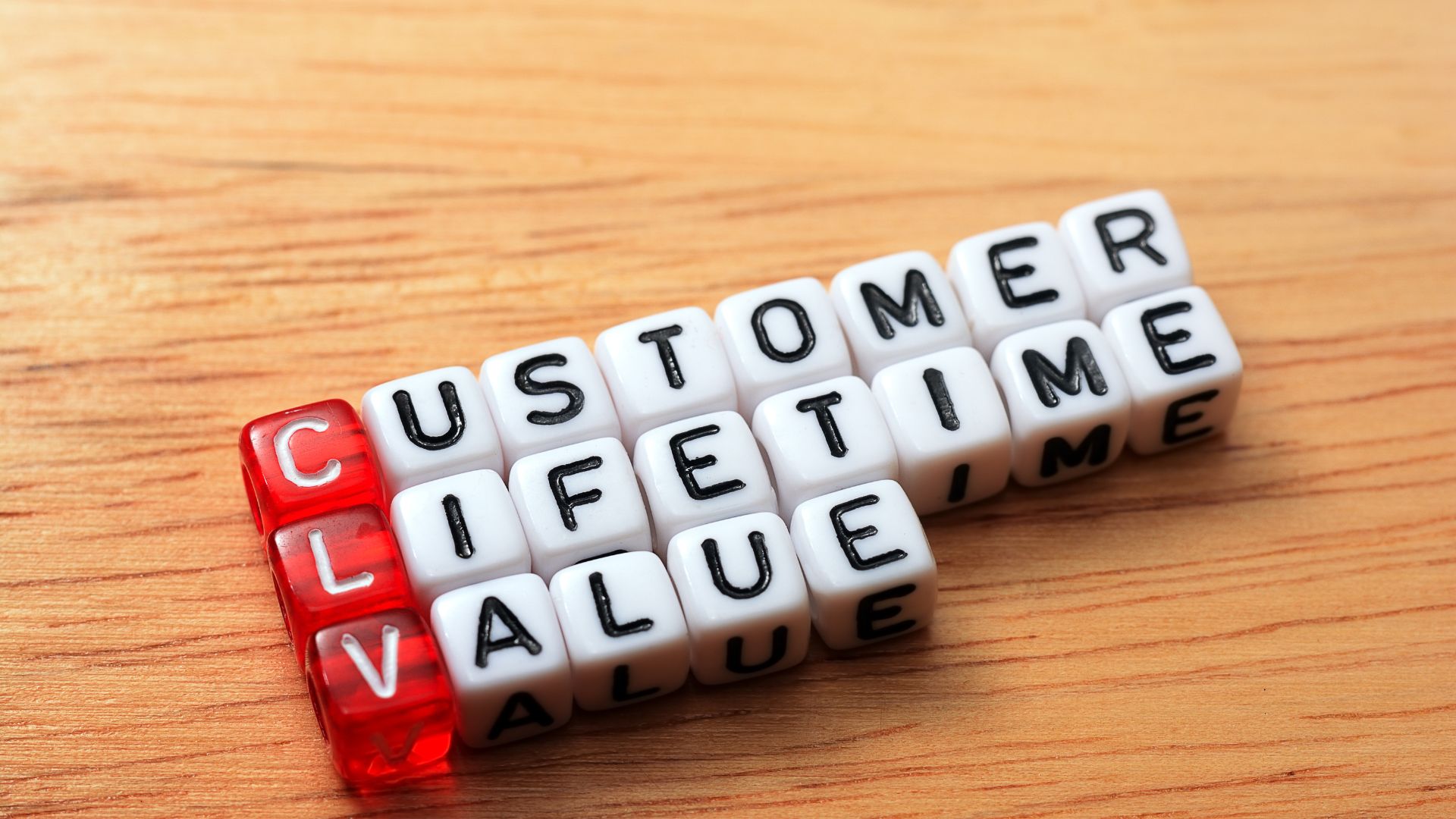Customer Lifetime Value (or CLV) is a key metric to consider when looking into the customer experience within your business. Essentially, CLV measures the value of a customer across the whole relationship between themselves and your business. How likely are they to remain loyal to your brand? Does the relationship need to end after just one purchase?
Ensuring high CLV throughout your business is crucial, especially given that maintaining a solid customer base costs considerably less than bringing in new customers. Not only that, but a high CLV means there is a greater likelihood of a continued revenue stream throughout your customer base.
Fundamentally, the longer a customer with a high average purchase value supports your business, the greater their CLV becomes. But how do you increase it?
Interaction is key
Your customer support staff could end up being the most integral piece to the jigsaw that is your business according to Forbes. If customer service staff are both friendly and professional, then it’s a lot more likely customers will demonstrate loyalty toward your company.
Go above and beyond for these loyal customers and they will repay the courtesy and professionalism shown with continued loyalty. This could involve anything from requesting feedback to personally tailored emails.
You may even consider launching campaigns aimed at particular groups within your customer base – those that have signed up to email alerts but have only purchased one product, those who have signed up but haven’t made the jump to purchasing yet: the list is endless. This provides ample opportunity to grow your business. Google Analytics is most definitely your friend for metrics such as this.
The stats show that 81% of marketers surveyed claim that monitoring CLV can increase sales. But apart from improving your customer service approach, how else can you ensure CLV is in an optimal place?
Experience is key
Not only should you invest in customer service, but customer experience should also be a huge factor in how your business operates. The ability for a customer to use your interface independently without any issues is paramount to a successful customer journey, and ultimately a higher CLV in the longer term.
You can follow this journey through Google Analytics, looking into where prospective customers have dropped and amending the journey appropriately to compensate for any shortcomings. As stated above, never be afraid of feedback. Your customers are not your enemies – quite the opposite in fact.
On this note, reach out to the unhappy customers. There may be at least a couple somewhere, but in reaching out before escalation into a full complaint, you can actually create a new business-customer relationship with high CLV. Seeing that your business cares enough to reach out to dissatisfied customers can be more powerful than you may realise.
Don’t be afraid of partnering with other companies either – for example, the likes of TCC Global can provide a new perspective based on a plenitude of experience, meaning your CLV and bottom line is as healthy as can be. Partnering up can even allow you to focus on other important areas of the business, allowing peace of mind that your business will be a thriving one.




